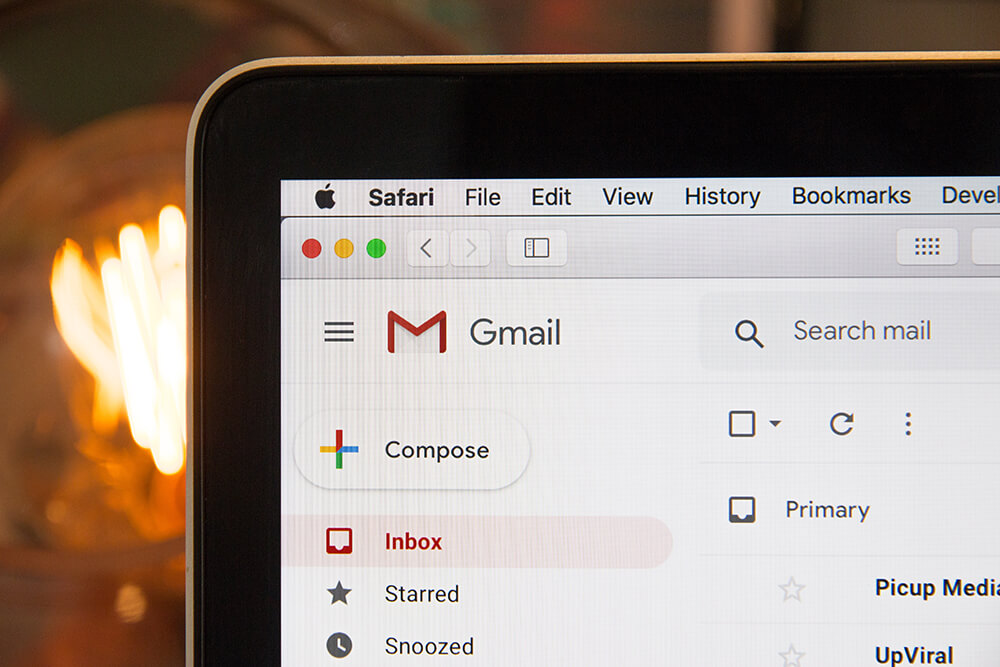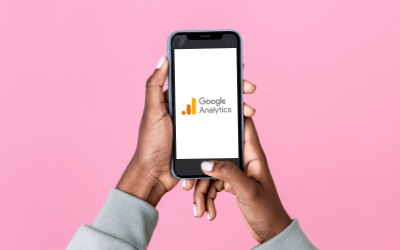Lead nurturing is the process of supporting, engaging and building relationships with prospective customers through relevant information at each stage of a buyer’s journey.
However, some leads might not turn to sales, despite being interested in your service or product. Typically, they have nagging concerns and questions that need answers for them to move from awareness to the decision stage.
If you’re new here, one question you may be asking yourself is, “what is a lead nurturing strategy and do I even need one?” The answer is yes. Implementing the best lead nurturing strategies impacts customer loyalty, inbound marketing strategy, customer retention and revenue.
Keep reading to learn about some of the most effective lead nurturing strategies.
1. Utilizing the Buyer’s Journey
Among the critical aspects of the best lead nurturing strategies is meeting prospects where they are at their location in the buyer’s journey. The broad phases include:
- Awareness: It is at the top of the funnel where buyers know they have a problem. To reach prospects, you focus on better organic traffic with informational content marketing to diagnose their problems, like social media posts and blog articles.
- Consideration: At this middle phase, prospects know their problem and need solutions. Important content includes e-books, blog articles, webinars and white papers.
- Decision: When prospects reach the bottom of the funnel, they need to buy your products. Content in this phase aims to help the customer decide, including free trials, product reviews and customer testimonials.
By creating content to support the various phases, you meet buyers where they are on the journey. Moreover, you align with their questions and encourage them to move to the next stage naturally.
2. Leverage Targeted Content
Even though B2B lead nurturing strategies involve building relationships with your commercial buyers, you can provide helpful information for their professional or personal life. Personalized nurturing, keeps your prospects engaged as you push them through the funnel towards conversion.
To include personalization, you need a solid understanding of buyer characteristics, pain points, and preferences. This information enables you to produce content that the audience cares about, to improve interaction and conversions.
In addition, create content like strategic blog posts, landing pages, and resources that speak to their pain points and include a call to action to access more information. As you nurture an audience with additional content pieces, it is best to offer outlets for engagements and express interest or to take a step towards purchasing products.
3. Using Multi-Channel Nurturing Strategies
Previously, a lead nurturing strategy entailed simple email campaigns to generic prospects. Today, marketers need new technologies and tactics beyond email nurturing. Through marketing applications, tech-savvy marketers execute multi-channel lead strategies.
Effective multi-channel nurturing includes:
- Email marketing: It involves nurturing leads depending on their position in the sales funnel. At the top, you can send introductory mail with links to helpful eBooks and blogs. Toward the bottom, provide an exclusive offer on the product or service.
- Dynamic website content: The content on your site should be helpful. You can include blogs that answer points and typical questions on your products. When integrated with your CRM, you can personalize this information to the specific user.
- Social media monitoring: Since people might ignore your emails, it is best to network with your contacts on social media. To cultivate relationships with leads, interact through messages and comments when appropriate.
- Retargeting ads: These ads are a constant reminder for prospects to take action. You can run them on platforms like Twitter, Facebook, Instagram and LinkedIn.
- A friendly face: You can set up automated emails that notify the sales and marketing teams when a lead visits your site to do a timely follow-up. If you’re using HubSpot, those sequence interactions can all be done without your sales team ever lifting a finger.
As the primary component of lead communication, emails maintain a consistent tone in the multi-channel strategy, reinforce other channels, and deliver value reliably.

4. Email Nurturing
Most marketers recommend email marketing to drive return on investments more than other digital marketing strategies. This approach is cheaper than PPC advertising, and you can personalize through user behavior and data research.
Email segmentation allows for a more effective lead nurturing email strategy. For instance, you can send eBooks to subscribers with similar content from previous engagements since you know they’re interested in those topics.
If you randomly send information to your mail list, some recipients get annoyed, damaging your relationship. You can even be blacklisted if you get enough spam reports.
Through email segmentation, you target users according to products they search online, their position in the sales funnel, the content they download, and emails they view. As you get information on prospects, you can create personalized messages to increase engagement.
5. Lead Scoring
Lead scoring is the process of ranking prospects against the perceived value they represent to the organization. You can implement the strategy in most marketing platforms through assigning values to website browsing behaviors, social media interactions and conversion events.
The resulting score determines which qualified leads to follow with a sales representative or if you should nurture them down the funnel. Lead scoring saves marketers time and helps them determine the effectiveness of marketing campaigns and audience response. You can score leads based on:
- Demographics
- Budget
- Interest and activity
- Buying stage

Automated Marketing
When you have content on the buyer’s phases, you can automate delivering messages targeting the right prospects. Marketing automation involves software, like HubSpot, that automatically provides information to users based on their activity, score, and marketing funnel position.
Through marketing automation, you can automatically monitor your leads generated and let the machine decide which messages to send based on parameters you set.
The system automatically updates prospects with new content when they perform certain activities like filling out a form, visiting your landing page or clicking on a link. Automated lead nurturing campaign strategies can deliver single messages or multiple content over weeks or days.
7. Perfectly Timed Follow-Ups
Following up on your audience when the message and brand are top of mind is perfect to begin the nurture program. Nowadays, customers want to be appreciated, and when you follow up as they browse or search your website, they are likely to respond.
Having automated processes in this regard can help. It may include a call or email that leads receive when they sign up.
You can use lead nurturing strategy HubSpot to automate the process in several ways. One way involves adding follow-up emails to HubSpot forms. Up to three follow-up mails are sent out when the leads submit the form. Another way is through HubSpot sequences. If a lead doesn’t respond to the first outreach, you can have the sequence tool automatically follow up with the lead at a specific interval of time.
8. Knowing Buyer Personas
Buyer personas are a fictional representation of buyers, including their challenges, demographics, lifestyle habits, and communication preference. Knowing such buyer characterizations helps segment visitors to the site and let your marketing team understand the content they want at every stage of the sales funnel.
Since buyer personas are an approximation, you can send emails to customers requesting them to fill out a brief questionnaire to get more accurate information. Also, you can ask additional qualifying questions when people visit the site and recommend filling out a form on the landing page.
The goal is to discover psychological factors and pain points that distinguish the groups. Such information guides you while targeting prospects to speak to their needs. When you have the personas, you can create content and make offers with meaning to the segments to increase conversions.

Conclusion
Lead nurturing helps your target audience feel supported through the sales cycle. It also allows you to review and assess different leads and move them down the sales funnel, eventually converting them to customers. If this sounds like something your business needs to dive deeper into, Designzillas can help. View our digital marketing services to learn more about our conversion marketing services.






